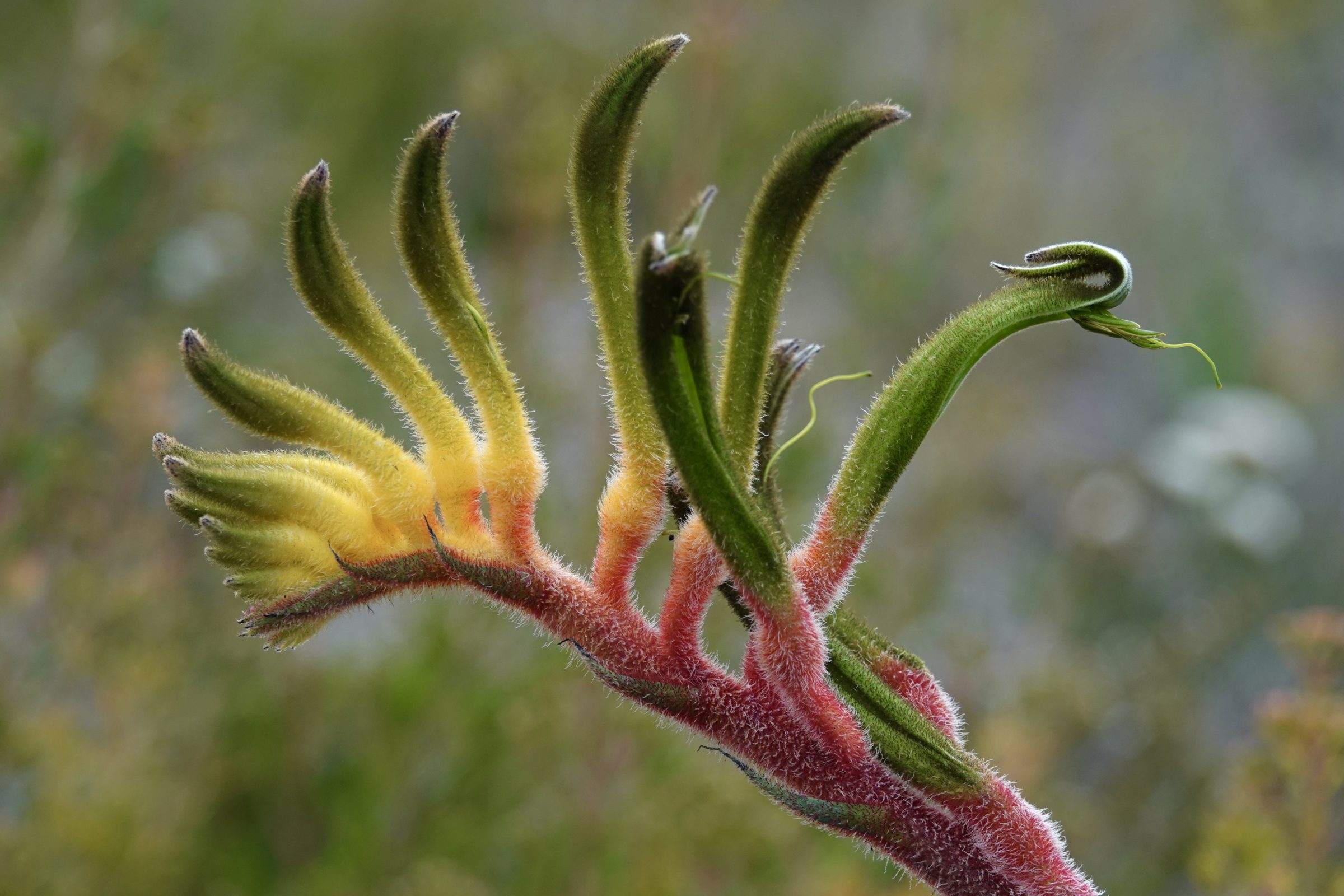Southwest Western Australia’s flowering, feathered and furry members of the first two categories need each other, vitally.
Could their survival prospects have anything to do with the third category?
Perth’s July 2021 was the wettest in 26 years.
Most July days – and August’s too, so far – have also been cooler than what many 21st century Perth residents regard as “normal” or as “acceptable”.
Spring is not yet here, and some flowering plants are “running late”.
However just a few days of warmer weather will soon surely unleash this young millennium’s best-yet “flower season”.
Of course, as always in Kings Park, (and in southwest WA, generally) a large number of extraordinary plants are blooming right now. (all photos taken in Kings Park yesterday)
The featured image’s Kangaroo Paw and the Qualup Bell, pictured below, look not at all alike, but they have something crucial in common.
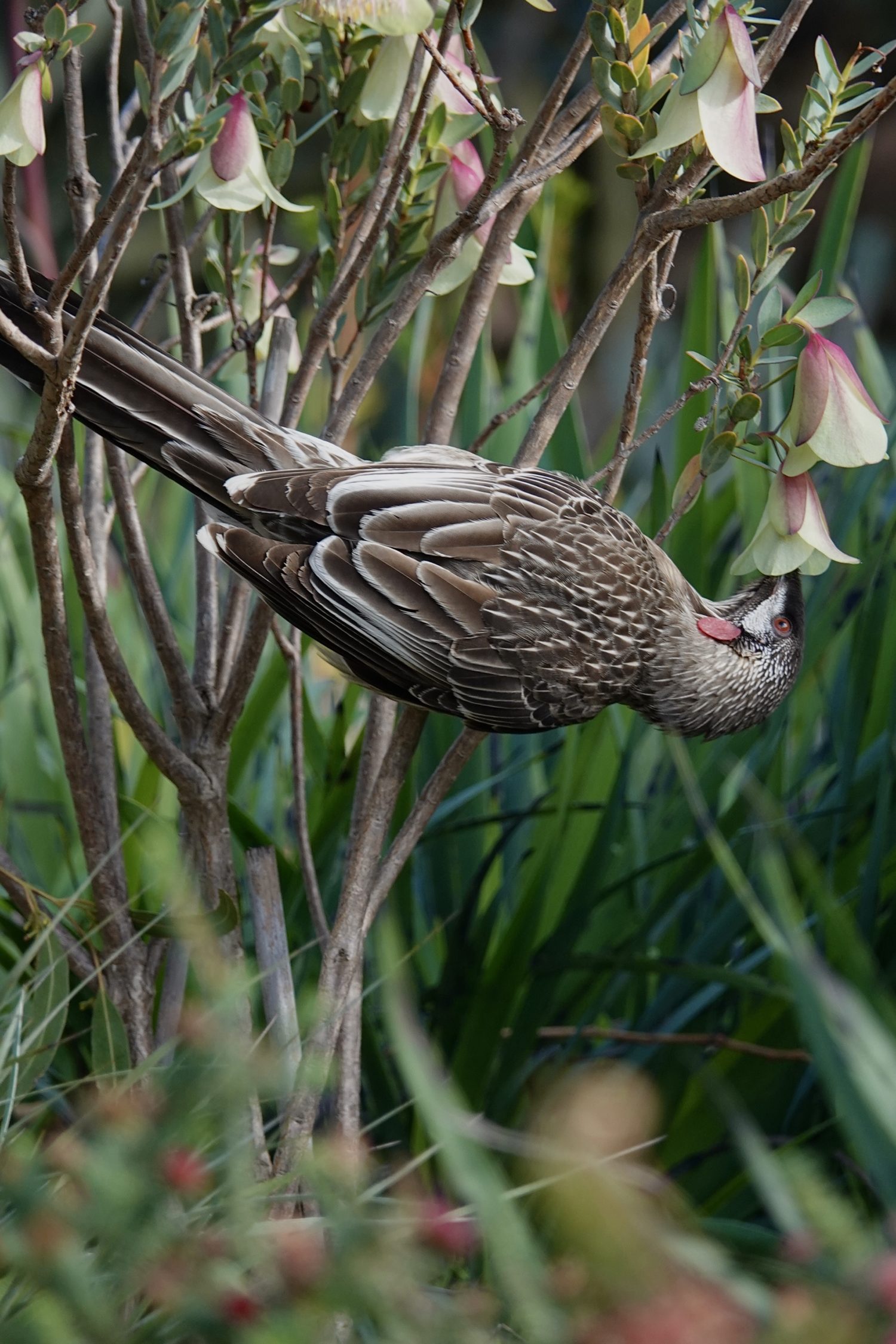
The “something” is more common in southwest WA than anywhere else on earth.
This region has the most nectar-feeding bird and mammal species; not coincidentally, the Southwest Australian Floristic Region has the world’s highest proportion of vertebrate-pollinated plants.
Yes, bees – and a great many other insects, some of which share a special “one species to just one other species” relationship – are important to many WA plants’ pollination strategies.
Not a few of those plants deceive their insect pollinators; southwest WA is also the plant world’s “sexual deception” hotspot.
However, for more than a few “iconic” WA flowering plants, a bee is of no interest.
Kangaroo Paws and Qualup Bells rely on birds.
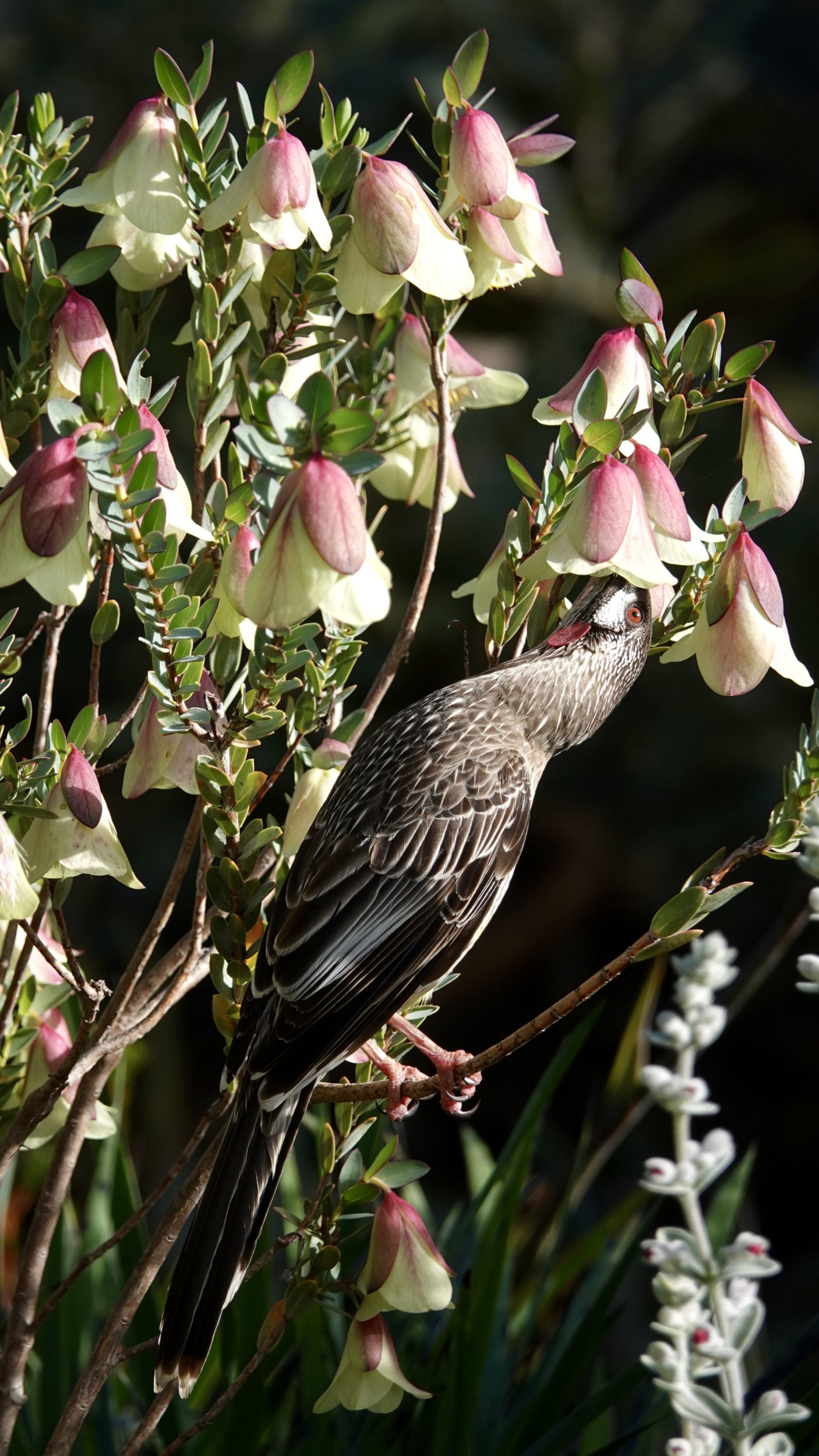
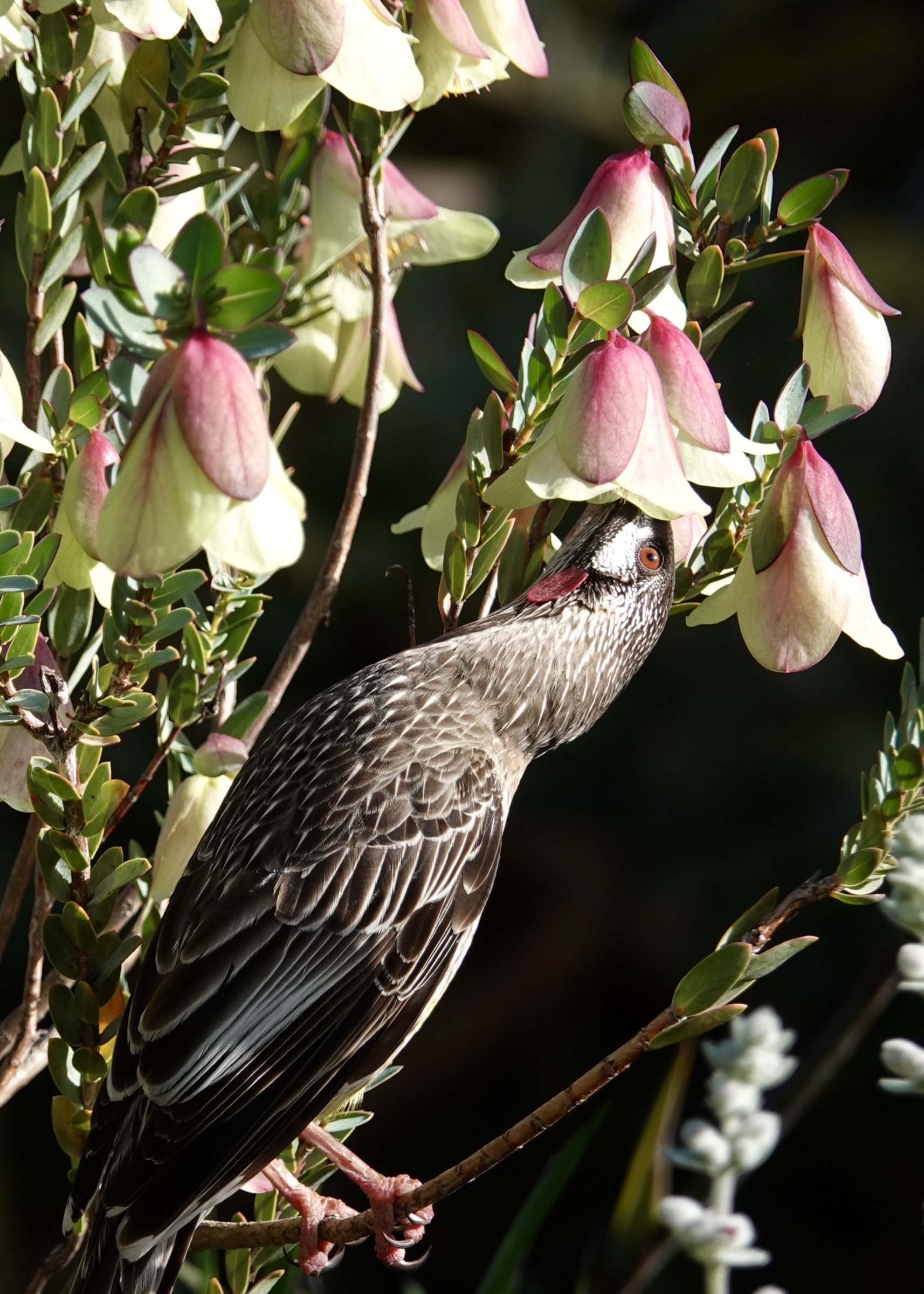
Some other species woo tiny marsupials.
The Red Wattlebird is mainland Australia’s largest honeyeater.
It is one of our most pugnacious/aggressive birds.
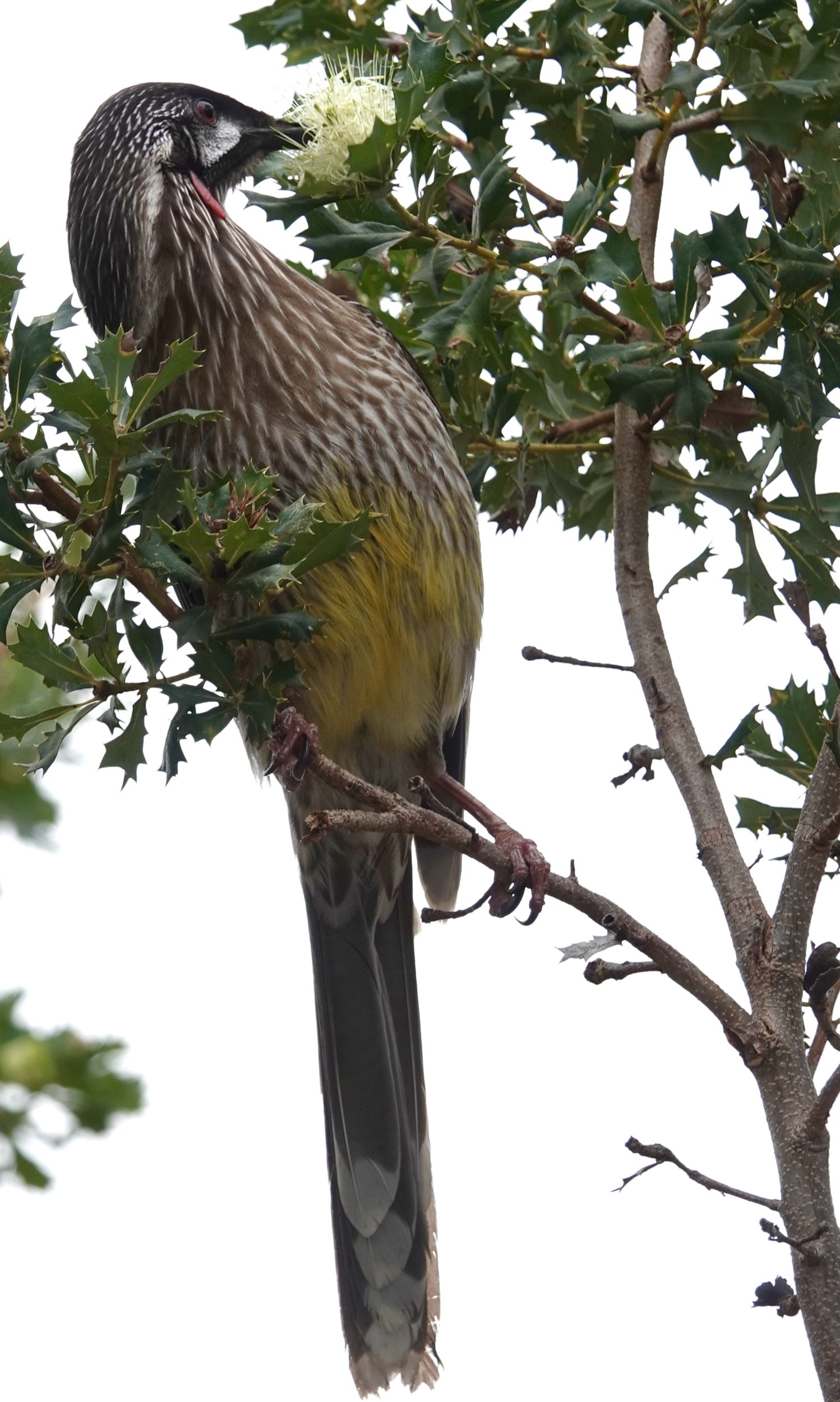
Kings Park’s Banksia Garden is always rewarding.
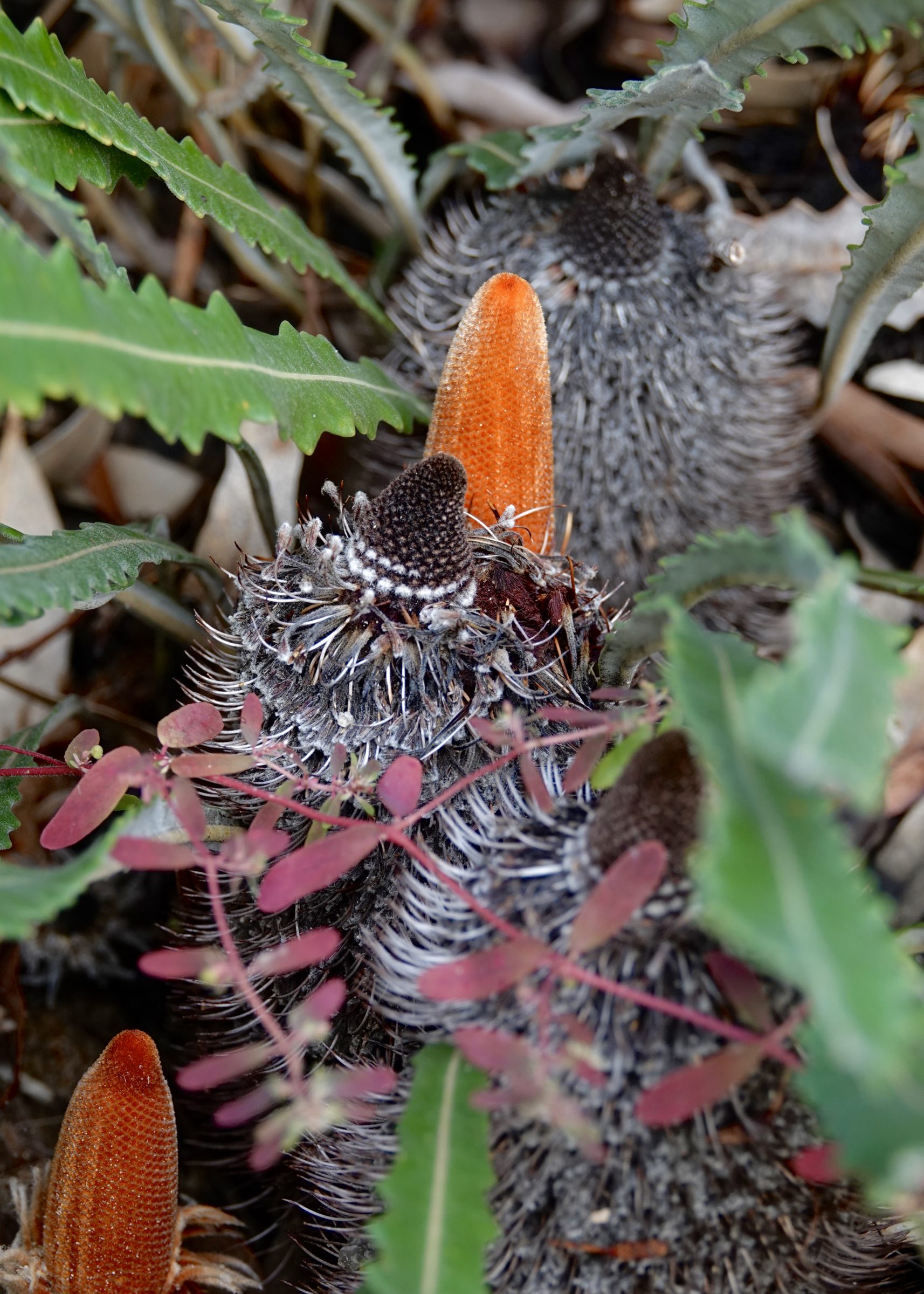
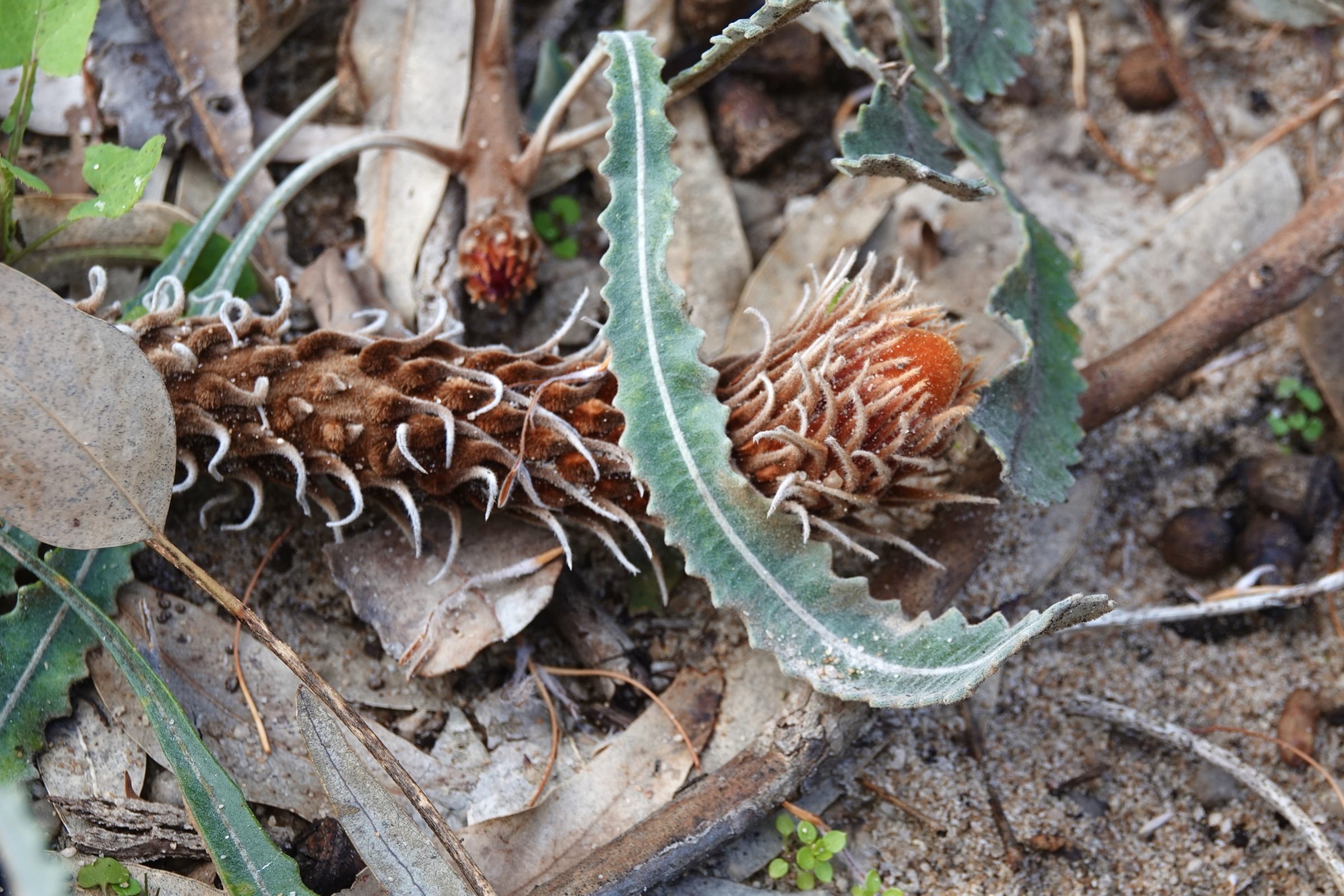
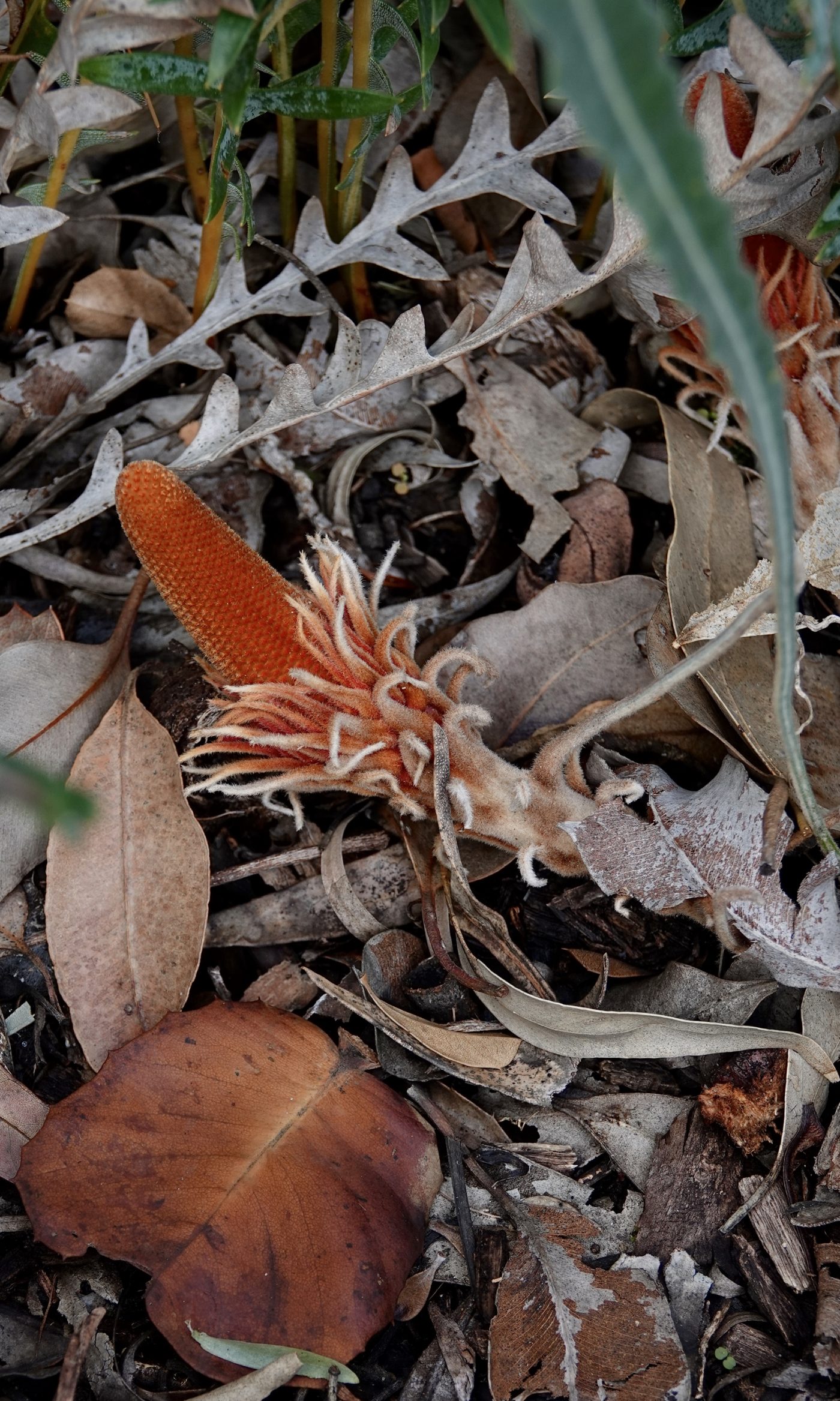
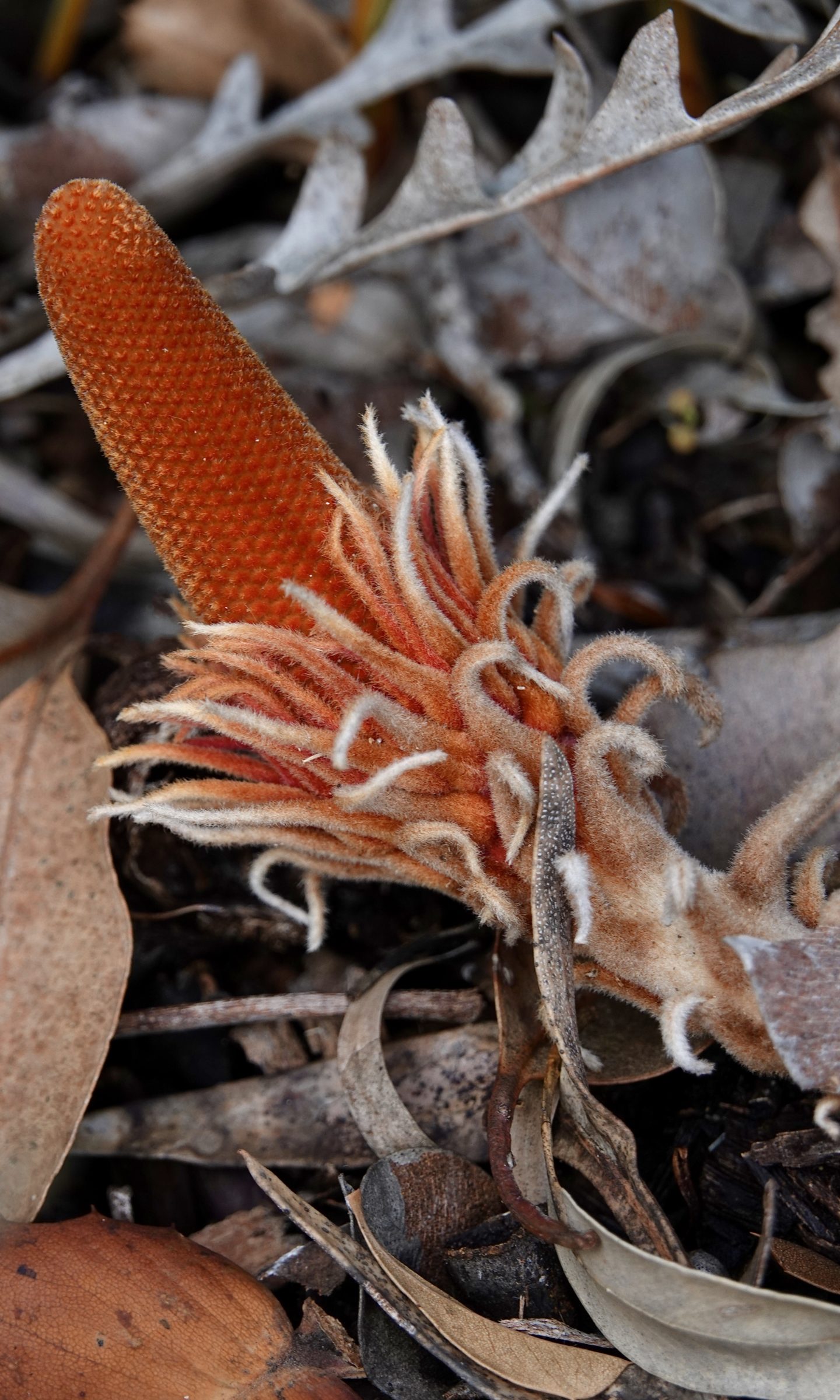
I am almost sure that the relevant species in this instance is Banksia blechnifolia
Western Australia’s southwest is a trove of beautiful, strange flora and fauna species which naturally occur there, only….often, only within a particular, very small area within “there, only”.
Many are threatened/vulnerable.
Kings Park is a superb “city park”, visited by millions of people each year.
It is also one of the world’s great botanic research institutions, and one of the most effective in “spreading the word”, educating and enthusing the general public.
Entry is free, as are many of its facilities.
All that said, anyone who is familiar with its quasi-natural bushland section must ardently wish for millions of additional dollars worth of additional ongoing effort to combat the relentless march of invasive species/weeds.
As with WA’s unique species and habitats, generally, if we are to “save” them, we need to devote more money and effort to them.
Intelligently gathered and spent, taxation is absolutely not theft.
As previously noted, Australia’s currently infantile approach to taxation policy is deplorable.
Published this week is a well-considered, Australian paper which seeks to answer the key question: what exactly are “good” taxation policies?
Click here to read it.
If you wish to read a shorter essay, which draws upon it, click this.
